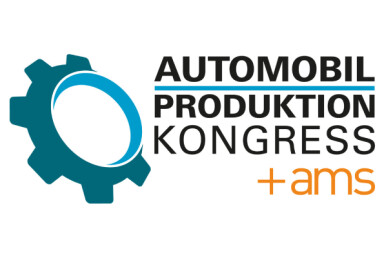Bouncing back in Japan
Glenn Brooks discovers how Japan’s automakers have coped with two years of natural disasters, economic difficulties and political turmoil
Ongoing power restrictions and the costs of rebuilding or abandoning plants after the earthquake hit Japan’s automakers hard in 2011. Then came a steep rise in the value of the Yen until, after a difficult 18 months, Shinzo Abe, soon to become Prime Minister, called for “bold monetary policy” to beat deflation and reduce the currency’s value.
For Japan’s OEMs, recent relief from a cripplingly overvalued currency follows half a decade of unfavourable exchange rates. According to calculations by Credit Suisse, the cost to the country’s OEMs for the five years to the end of fiscal 2012 was ¥3.68 trillion ($39.6bn). The bank believes Japanese automakers may recoup around ¥1 trillion this fiscal year and next based on current exchange trends.
With a new government seemingly determined to pursue growth, a far more favourable exchange rate, factories running back near capacity, and the benefits of increased co-operation forced on many automakers during the difficult times of 2011 and 2012, the picture is beginning to look a lot brighter.
Preparing for the shocks of tomorrow
Manufacturers now seem determined to be better prepared for the major challenges of the future, in particular the risks associated with producing cars in a country prone to constant seismic activity.
Suzuki Motor, a modestly sized player on the world stage, nonetheless has a major presence in the mini-vehicle sector in its home market. Its reliance on Kei-class (‘kei jidosha’ or light) cars and light commercials makes its especially vulnerable should a major earthquake hit central Japan, where so many of its plants are located.
Having taken stock of the damage done to his company’s operations in 2011, Osamu Suzuki, CEO of the firm which bears his name, is determined that the Hamamatsubased automaker must continue its ¥50 billion effort to shift several of its domestic facilities from earthquakes and/or tsunami-prone regions. Two parcels of land have been purchased at an industrial park in Hamamatsu city, in central Japan, for R&D as well as production of next generation vehicles and motorcycle engine parts. Operations are scheduled to begin in August 2016 and May 2017 respectively.
Production losses
Production numbers are a sobering reminder of how hard-hit Japan’s eastern seaboard was in the weeks and months following March 11, 2011. In April 2011, Suzuki actually replaced Toyota as Japan’s largest vehicle producer, building 58,398 units – a drop of 31.1%. Such was the disruption to its facilities that the latter saw its equivalent numbers plunge to just 53,823 vehicles, a year on year fall of 78.4%.
Total Japanese output by the eight major automakers plunged 60.1% year-on-year, to 279,345 units in that first full month of suspended production. Measured by manufacturers, domestic output fell by 81.0% at Honda, 62.6% at Daihatsu, 49.7% at Mazda, 48.7% at Nissan Motor, 37.6% for Fuji Heavy (Subaru) and 31.7% for Mitsubishi Motors.
Almost two years on, the largest three OEMs have all employed different methods to reinvent their home market operations, but the overall aims of Toyota, Nissan and Honda have all been the same: to forge a return to growth.


